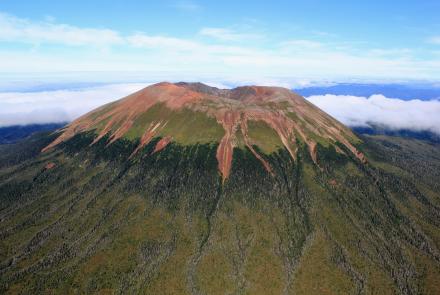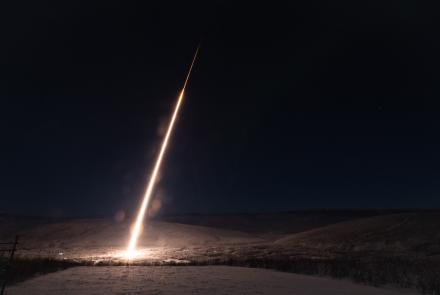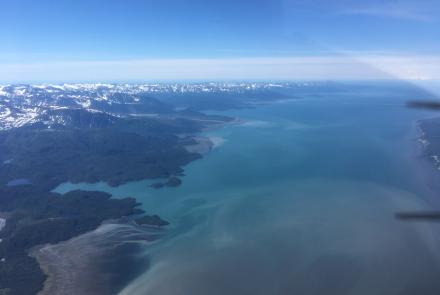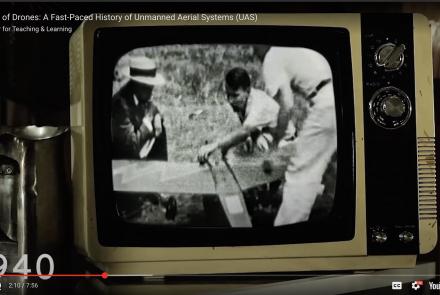

National Science Foundation funds creation of research observatory at Gakona
A five-year, $9.3 million National Science Foundation grant will allow the University of Alaska Fairbanks Geophysical Institute to establish a new research observatory dedicated to exploring Earth’s upper atmosphere and geospace environment.
The Subauroral Geophysical Observatory for Space Physics and Radio Science will be housed at the High-frequency Active Auroral Research Program site in Gakona, Alaska.
The facility’s 33-acre Ionospheric Research Instrument will be the centerpiece of the new observatory.
A second NSF-funded project will add a lidar at the site, which will allow the study of other regions of the upper atmosphere. A lidar sends pulses of laser light to determine the composition, temperature and structure of regions of the upper atmosphere from 90 to 150 kilometers.
No new construction is expected under the NSF funding to create the observatory, which will be a station at which researchers can monitor and receive data from instruments. The university hopes to add additional instruments over time at the $290 million Gakona research site.
The five-year NSF grant will allow scientists to investigate how the sun affects Earth’s ionosphere and magnetosphere to produce changes in space weather. Their work will help fill gaps in knowledge about the region, which is important because ionospheric disturbances can disrupt communications systems and cause damage and outages to power grids.
“We are very pleased that NSF has chosen to fund our proposal to create the Subauroral Geophysical Observatory in Gakona,” said Geophysical Institute Director Robert McCoy, who is the project’s principal investigator.
The grant provides funding for observatory operations, financial support for travel and time at the facility for scientists to conduct their experiments and education and community outreach. Research at the observatory is initially expected to include the study of various types of aurora and other occurrences in the ionosphere, which stretches from about 50 miles to 400 miles above the Earth’s surface.
“This NSF support will provide the scientific community increased access to the instruments at the observatory and, hopefully, grow the scientific community,” McCoy said.
The Gakona facility is a prime location for the study of the ionosphere and magnetosphere because of its location in relation to one of Earth’s magnetic field lines that reaches deep into the magnetosphere, the magnetic field that shields the planet from much of the sun’s plasma energy.
For over 25 years, UAF, the Air Force, the Navy and the Defense Advanced Research Projects Agency have collaborated on ionospheric research at the High-frequency Active Auroral Research Program site. As Air Force funding for research and development decreased, the scientific community worked to find a solution to preserve this one-of-a-kind national research resource.
In August 2015, the Air Force transferred the research equipment to UAF under an Education Partnership Agreement. The UAF Geophysical Institute operates the facility under an agreement with the Air Force.
The National Research Council in 2013 focused on the facility in both a decadal study and a workshop. Both called for increased use of active ionospheric research facilities and co-location of a full complement of diagnostic instruments.
The National Science Foundation’s grant helps implement that vision.
“The subauroral and auroral zones are among the most fascinating, and challenging, regions for geospace research. The more we’ve studied them, the more they’ve taught us about our planet’s atmosphere and about near-Earth space,” said Robb Moore, program manager with NSF’s Directorate for Geosciences.
“The Gakona research site has already proved to be an invaluable resource, and this investment in the world’s most powerful high frequency transmitter sets it up as a producer of potentially significant discoveries for years to come.”
Rod Boyce, University of Alaska Fairbanks Geophysical Institute, 907-474-7185, rcboyce@alaska.edu







